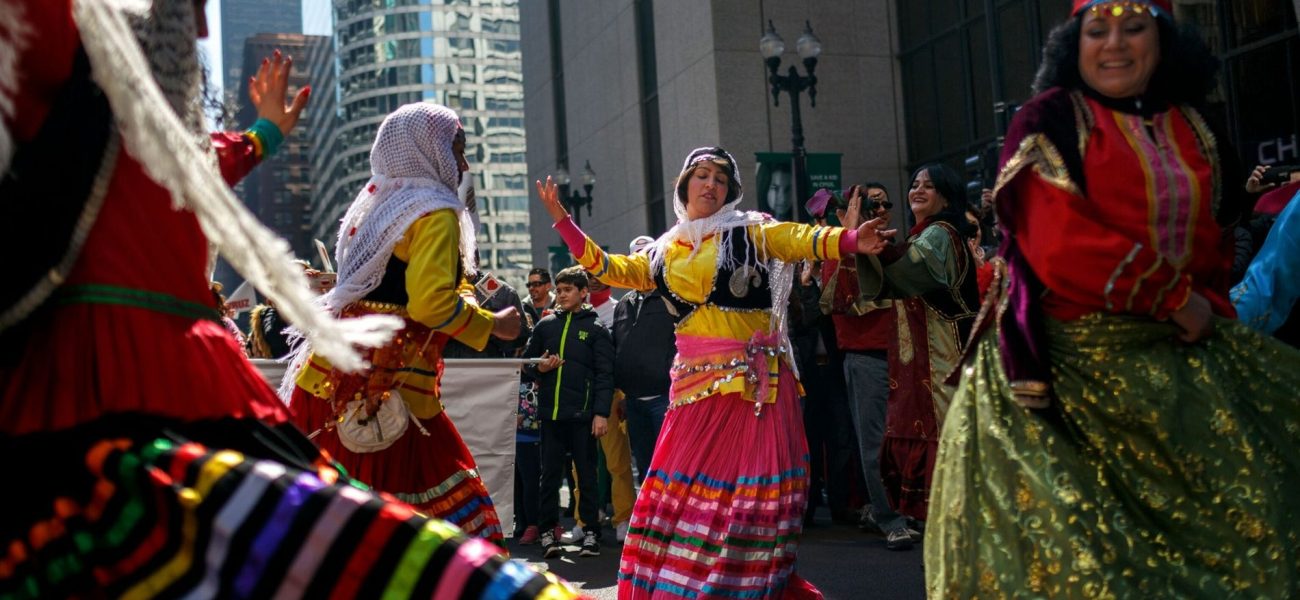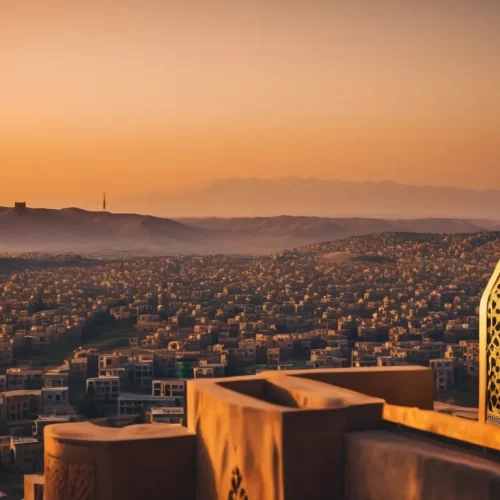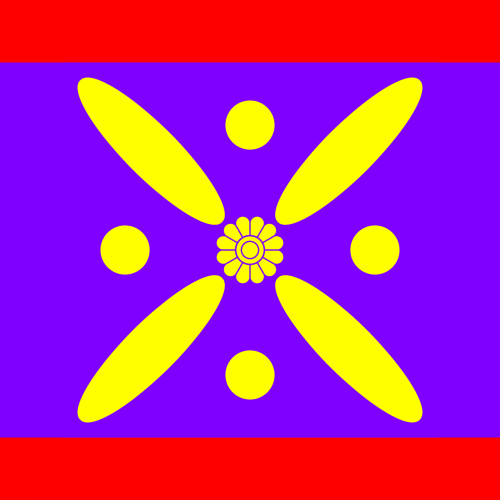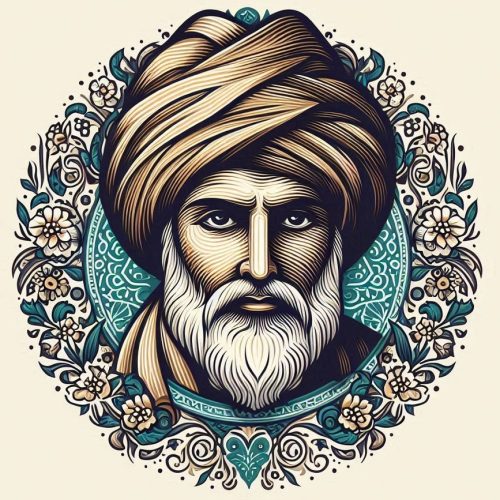In the tapestry of Iranian culture and literature, few motifs are as prominent and enduring as the celebration of spring. Known as “Norouz,” the Persian New Year, the arrival of spring heralds a time of renewal, rejuvenation, and rebirth. From ancient times to the present day, Iranians have cherished and revered the arrival of spring, weaving its themes of hope, prosperity, and new beginnings into the fabric of their cultural and literary traditions.
Historical Roots
The historical roots of the celebration of spring in Iran trace back to the ancient civilizations that once thrived in the region. Among these, the Zoroastrian religion, which flourished in ancient Persia, played a significant role in shaping the cultural and religious traditions associated with the arrival of spring.
In Zoroastrianism, the vernal equinox, known as “Nowruz” or “New Day,” marked the beginning of the new year and was celebrated as a time of great significance. This celebration was deeply rooted in the Zoroastrian worldview, which emphasized the eternal struggle between light and darkness, good and evil.
The arrival of spring symbolized the victory of light over darkness, as the days grew longer and the sun’s warmth returned to the land after the long, dark days of winter. It was a time of renewal and rebirth, both in the natural world and in the spiritual realm.
Zoroastrians celebrated Nowruz with a variety of rituals and customs, including the lighting of fires, feasting, and the exchange of gifts. These traditions were designed to purify the soul and usher in a new era of prosperity and abundance.
With the advent of Islam in the 7th century CE, many of the traditions associated with Nowruz were adapted and incorporated into the Islamic calendar. While the religious significance of Nowruz shifted with the spread of Islam, its cultural and social importance remained undiminished.
Over the centuries, Nowruz evolved into one of the most important and widely celebrated holidays in Iran, marking the beginning of spring and the start of the new year. It became a time for families to come together, exchange gifts, and share meals, as well as a time for communities to come together in celebration and solidarity.
Despite changes in religious and political regimes over the centuries, the celebration of Nowruz has endured as a testament to the resilience and cultural vitality of the Iranian people. Today, it continues to be celebrated with great enthusiasm and joy, not only in Iran but also in countries with large Iranian communities around the world.
The historical roots of the celebration of spring in Iran can be traced back to the ancient Zoroastrian religion, where the arrival of spring symbolized the victory of light over darkness and the renewal of life. Over time, these traditions were adapted and incorporated into the Islamic calendar, where they continue to be celebrated with great fervor and reverence to this day.
Symbolism of Spring

In Iranian culture and literature, spring holds profound symbolism that extends beyond its role as a mere seasonal change. It is imbued with layers of meaning that reflect spiritual, cultural, and philosophical themes deeply ingrained in the Iranian psyche.
Renewal and Rebirth:
Spring is a time of renewal and rebirth in Iranian culture. After the cold and barren winter months, nature awakens from its slumber, bursting forth in a riot of colors and scents. The blooming flowers, budding trees, and chirping birds symbolize the rejuvenation of life and the promise of new beginnings. Just as nature sheds its old, withered exterior to make way for new growth, Iranians view spring as an opportunity to let go of the past and embrace the potential for transformation and growth.
Hope and Optimism:
The arrival of spring brings with it a sense of hope and optimism for the future. As the days grow longer and the temperatures rise, Iranians are filled with anticipation for the warmer months ahead. Spring is a time of joy and celebration, as people emerge from the confines of their homes to bask in the beauty of nature and the company of loved ones. It is a reminder that no matter how dark and dreary the winter may have been, there is always the promise of brighter days ahead.
Spiritual Awakening:
In Iranian literature, spring is often used as a metaphor for spiritual awakening and enlightenment. Just as the natural world undergoes a process of renewal and regeneration during this time, so too do individuals have the opportunity to awaken to higher levels of consciousness and understanding. Spring is seen as a time of spiritual growth and self-discovery, where individuals are encouraged to reflect on their lives, reassess their priorities, and cultivate a deeper connection with the divine.
Love and Romance:
Spring has long been associated with love and romance in Iranian culture. The warmer weather and longer days provide the perfect backdrop for romantic outings and courtship rituals. Poets and writers often use the imagery of spring to evoke feelings of love, passion, and longing in their works. Springtime flowers such as roses and tulips are symbols of love and beauty, while the gentle breeze and soft sunlight inspire feelings of warmth and affection.
Harmony and Balance:
In Iranian cosmology, spring represents a harmonious balance between opposing forces. It is a time when the forces of light and darkness, warmth and cold, come into perfect equilibrium, signaling a state of cosmic harmony. This balance is reflected in the traditional Iranian New Year’s table, known as the “Haft-Seen,” which features seven symbolic items representing different aspects of life and nature. By honoring this balance, Iranians seek to align themselves with the natural rhythms of the universe and cultivate a sense of inner peace and harmony.
Spring holds deep symbolism in Iranian culture and literature, representing themes of renewal, hope, spiritual awakening, love, and harmony. It serves as a reminder of the cyclical nature of life and the eternal promise of growth and transformation. Through its rich imagery and symbolism, spring inspires Iranians to embrace the beauty of the natural world and the potential for personal and collective renewal.
Literary Themes
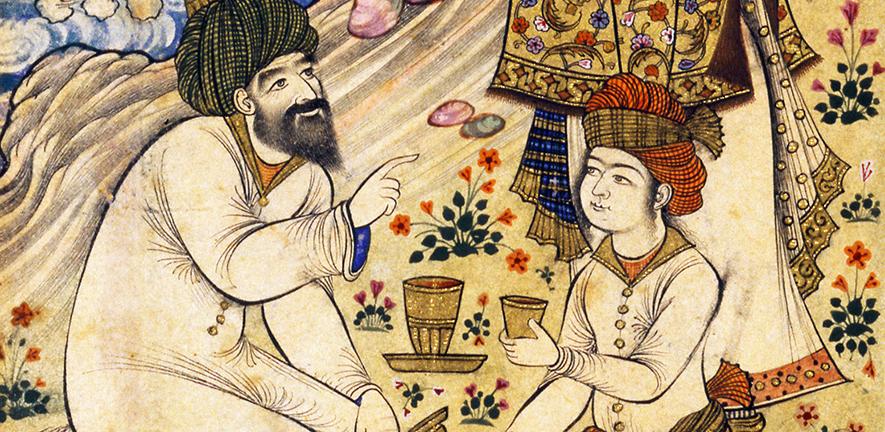
In Persian literature, spring serves as a recurring motif that appears in various forms of artistic expression, including poetry, prose, and visual arts. The themes associated with spring are woven into the fabric of Iranian literature, enriching it with layers of symbolism, imagery, and emotional resonance.
Celebration of Nature:
Persian poets often celebrate the beauty and bounty of nature that emerges with the arrival of spring. They describe the vibrant colors of blooming flowers, the melodious songs of birds, and the lush greenery that blankets the landscape. These descriptions evoke a sense of wonder and awe at the majesty of the natural world, inviting readers to contemplate the intricate beauty and harmony of creation.
Metaphor for Spiritual Awakening:
Spring is frequently used as a metaphor for spiritual renewal and enlightenment in Persian literature. Poets such as Rumi and Hafez employ the imagery of spring to convey deeper spiritual truths, depicting the awakening of nature as a reflection of the soul’s journey towards divine realization. Spring becomes a symbol of hope, growth, and transformation, inspiring readers to embark on their own quest for spiritual enlightenment and inner peace.
Symbol of Love and Romance:
In Persian poetry, spring is often associated with themes of love and romance. Poets use the imagery of blossoming flowers, fragrant gardens, and gentle breezes to evoke feelings of passion, longing, and desire. Spring becomes a backdrop for lovers to express their devotion and affection, as they stroll hand in hand amidst the beauty of nature’s renewal. The season’s vibrant energy and sense of possibility serve as a catalyst for romantic encounters and heartfelt declarations of love.
Season of Festivity and Joy:
The arrival of spring is a time of celebration and joy in Persian literature. Poets and writers describe the festivities and rituals associated with the Persian New Year, Nowruz, which marks the beginning of spring. They depict families gathering to exchange gifts, share meals, and engage in traditional customs such as spring cleaning and decorating Haft-Seen tables. Spring becomes a time of communal rejoicing, as people come together to welcome the new season with open arms and hopeful hearts.
Reflection on Transience and Impermanence:
Despite its beauty and vitality, spring also serves as a reminder of the transient nature of life. Persian poets often juxtapose the ephemeral beauty of spring with the inevitability of decay and death, emphasizing the cyclical nature of existence. They encourage readers to cherish the fleeting moments of springtime bliss, recognizing that all things must eventually pass away. Through their poetry, they invite us to embrace the impermanence of life and find solace in the eternal rhythms of nature.
Spring is a rich and multifaceted theme in Persian literature, offering poets and writers a wealth of imagery, symbolism, and emotional resonance to explore. Whether celebrating the beauty of nature, pondering the mysteries of the soul, or contemplating the passage of time, Persian literature finds inspiration in the timeless themes of renewal, growth, and transformation that spring embodies.
Cultural Traditions
In addition to its literary and symbolic significance, spring is deeply ingrained in Iranian culture through a myriad of traditional customs and rituals. These cultural traditions have been passed down through generations, enriching the springtime experience with a sense of continuity and community.
Nowruz Celebrations:
At the heart of springtime festivities in Iran is Nowruz, the Persian New Year, which typically falls on the vernal equinox, marking the first day of spring. Nowruz is a time of great joy and celebration, with preparations beginning weeks in advance. Families come together to clean their homes (known as “khaneh tekani”), symbolizing the removal of the previous year’s troubles and the welcoming of the new year with a fresh start.
Haft-Seen Table:
One of the most beloved traditions of Nowruz is the Haft-Seen table, a colorful display of seven symbolic items that each begin with the Persian letter “seen” (س). These items represent various blessings and aspirations for the new year. Common items include “sabzeh” (wheat or lentil sprouts, symbolizing rebirth), “samanu” (a sweet pudding made from wheat germ, symbolizing affluence), “sib” (apples, symbolizing beauty and health), “serkeh” (vinegar, symbolizing patience and wisdom), and “sonbol” (hyacinth, symbolizing spring and renewal).
Chaharshanbe Suri:
Another cherished tradition leading up to Nowruz is Chaharshanbe Suri, an ancient festival celebrated on the eve of the last Wednesday before Nowruz. During Chaharshanbe Suri, people gather outdoors to light bonfires and jump over the flames, symbolically purifying themselves of negative energy and welcoming the arrival of spring with warmth and vitality.
Sizdah Bedar:
Following Nowruz, Iranians celebrate Sizdah Bedar, also known as Nature’s Day, on the thirteenth day of the new year. On this day, families venture outdoors to picnic in parks and green spaces, enjoying nature’s beauty and abundance. It is customary to spend the day in the company of loved ones, participating in outdoor activities, and enjoying festive meals.
Spring Festivities:
Throughout the spring season, various cultural festivals and events take place across Iran, showcasing the nation’s rich heritage and traditions. These festivals often feature music, dance, food, and crafts, providing opportunities for people to come together and celebrate the vibrant spirit of spring.
Overall, springtime in Iran is a time of joy, renewal, and community, marked by cherished traditions that connect people to their cultural roots and to the natural world around them. These cultural traditions not only celebrate the arrival of spring but also serve to strengthen bonds of kinship and solidarity, fostering a sense of belonging and shared identity among Iranians both at home and abroad.
The significance of spring in Iranian culture and literature is profound and multifaceted, touching every aspect of life from the spiritual to the social. Through its rich symbolism, cultural traditions, and literary themes, spring embodies the eternal cycle of renewal, growth, and transformation that lies at the heart of Iranian identity.
From ancient times to the present day, Iranians have celebrated the arrival of spring with joy, reverence, and a deep sense of appreciation for the beauty and abundance of the natural world. The traditions associated with Nowruz, Chaharshanbe Suri, and Sizdah Bedar have endured for centuries, serving as a testament to the resilience and cultural vitality of the Iranian people.
In Iranian literature, spring is a recurring motif that appears in poetry, prose, and visual arts, evoking themes of love, renewal, and spiritual awakening. Poets such as Rumi, Hafez, and Saadi have captured the essence of spring in their timeless verses, inviting readers to contemplate the mysteries of life, death, and the eternal cycle of nature.
Through its cultural traditions and literary themes, spring serves as a powerful reminder of the interconnectedness of all things and the cyclical nature of existence. It is a time of reflection, celebration, and renewal, as Iranians come together to honor the past, embrace the present, and welcome the future with open hearts and hopeful spirits.
As spring blossoms anew each year, it serves as a beacon of hope and inspiration for Iranians around the world, reminding them of the enduring power of nature, the resilience of the human spirit, and the timeless beauty of life’s ever-unfolding journey. Through their celebration of spring, Iranians pay homage to the eternal rhythms of the universe and the profound wisdom of the natural world, finding solace, joy, and meaning in the endless cycle of birth, growth, and renewal.

